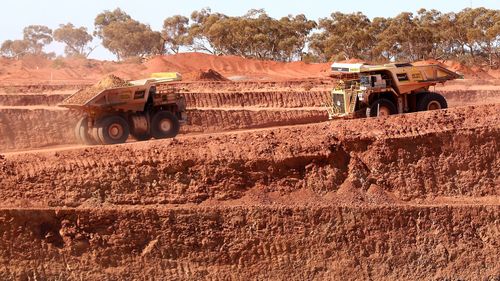With so many Australians not alive when then-treasurer Peter Costello confirmed our last surplus, it’s worth reminding what a budget surplus is, and how it’s achieved.

What is a budget surplus?
Why is this a big deal?
Well, it’s not that common in modern economies.
This is largely because politicians are tempted to spend more money and cut taxes.
This year’s budget is the first time since 2007-08 a government has delivered a surplus.
Governments with surpluses have additional money that can be reinvested or used to pay off debts.
On the potential downside, a surplus reduces the money in circulation which can create a deflationary effect.
Given Australia is currently attempting to lower inflation, this may well prove to be a positive.
How did Australia achieve a surplus this time around?
Read Related Also: ’Stop the vote now’: Ben Foster claims 'fantastic' Arsenal player could win the Ballon d'Or
The turnaround has been largely driven by high commodity prices, a strong job market and a boost in net migration.
Is this a sign of things to come?
The first surplus in 15 years will be short-lived, with a return to deficit of $13.9 billion forecast in next year’s budget.

Fastest growing and fastest declining jobs over the next five years
The government will grapple with significant factors such as rising welfare payments and increased costs from the NDIS and aged care.
How much credit can Labor take for this surplus?
Treasurer Jim Chalmers acknowledges commodity prices have boosted coffers.
But job and wage growth, under Labor’s watch, have been even more pivotal, he said.
Shadow Treasurer Angus Taylor has insisted anyone could have delivered a surplus this time around – a claim rejected by Chalmers.






